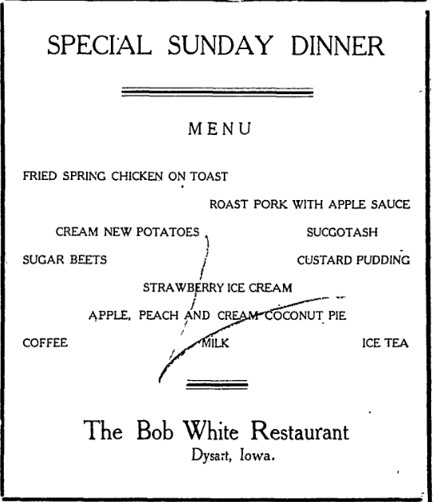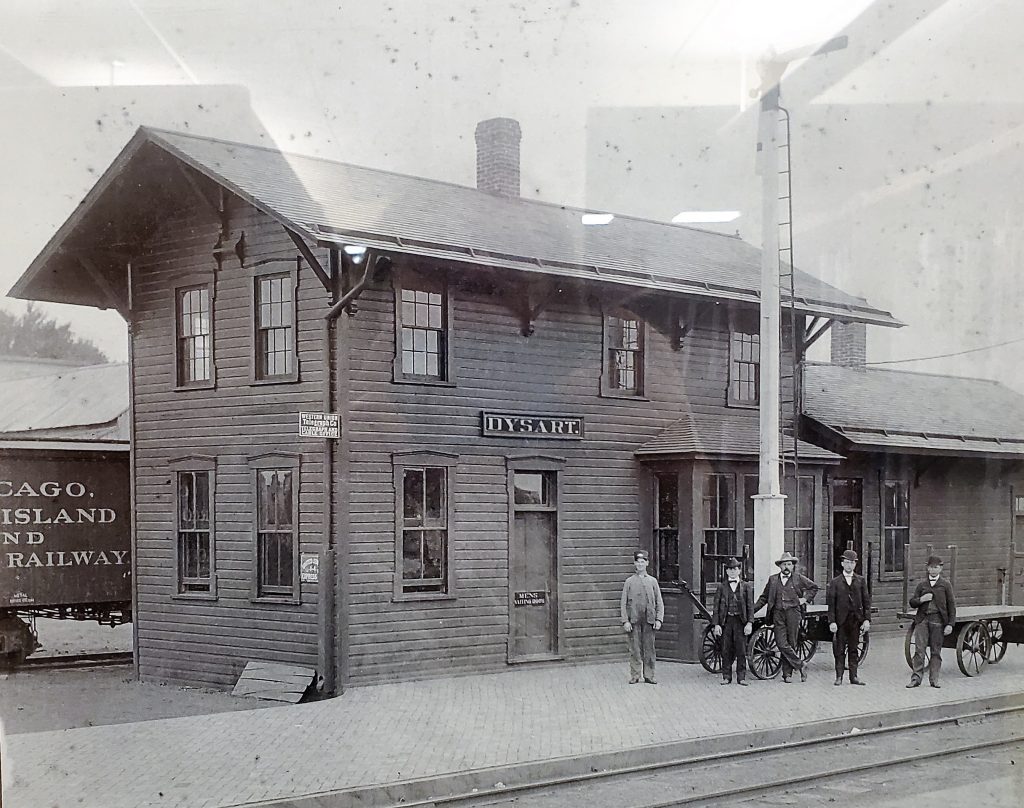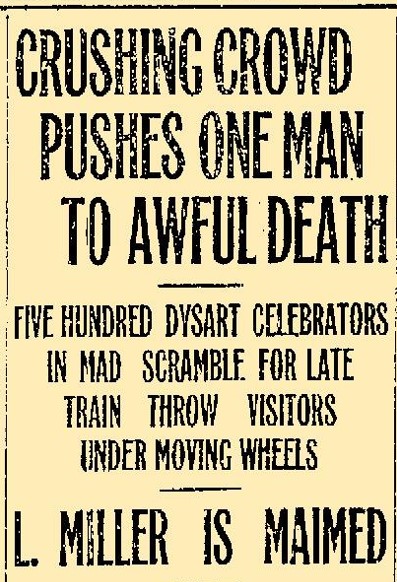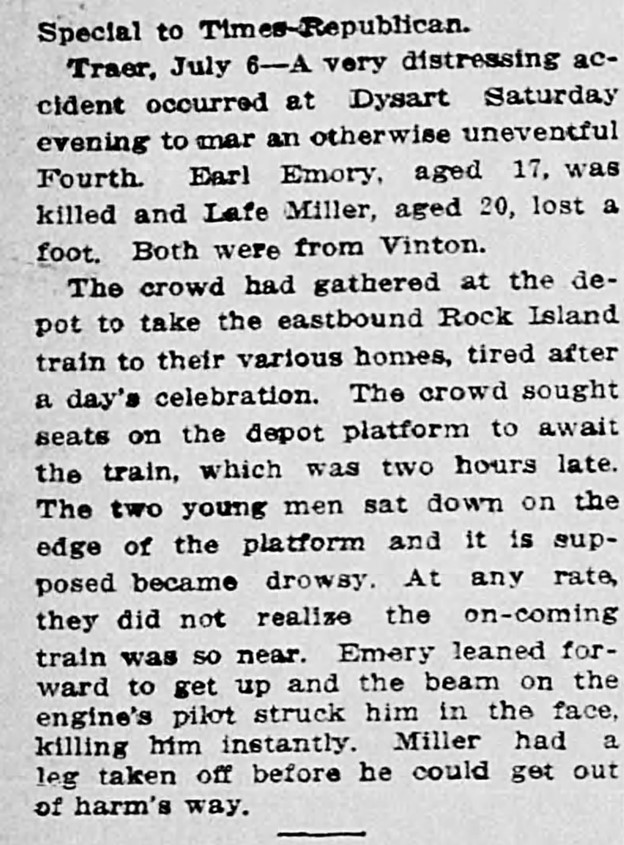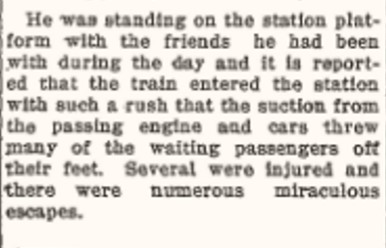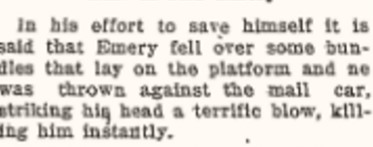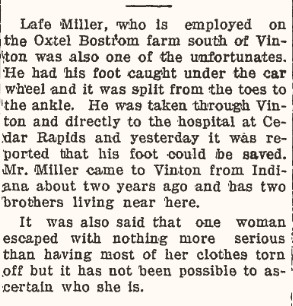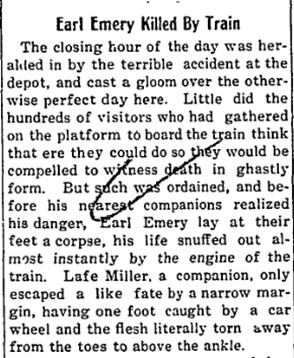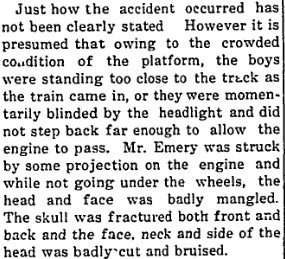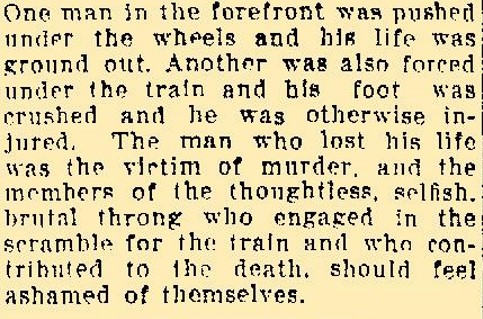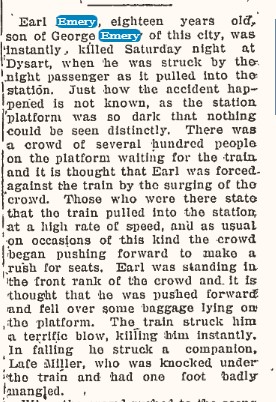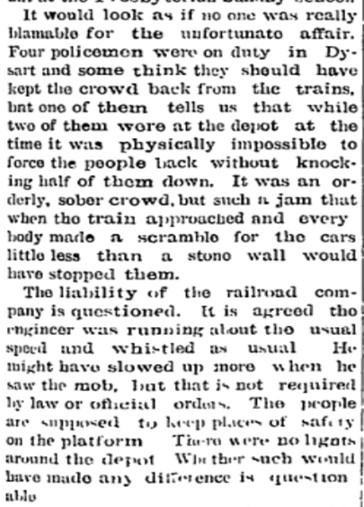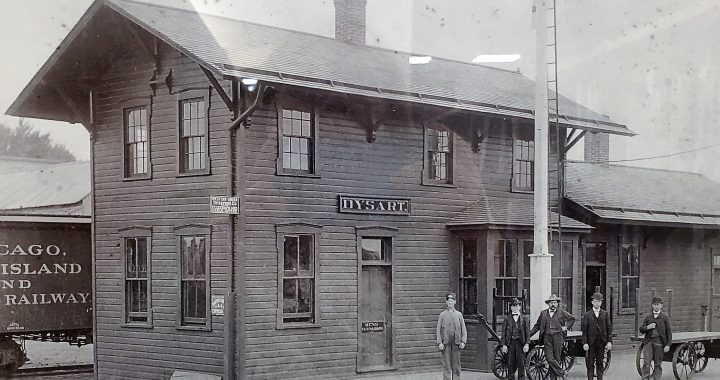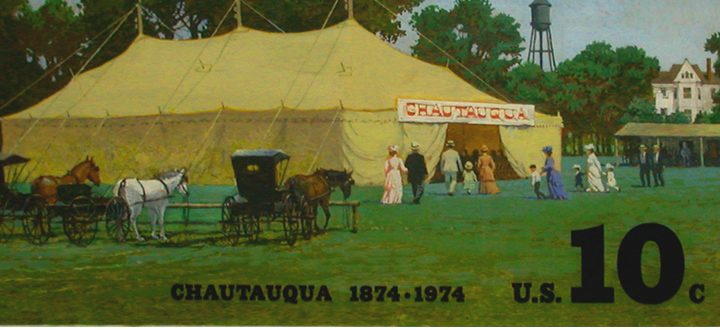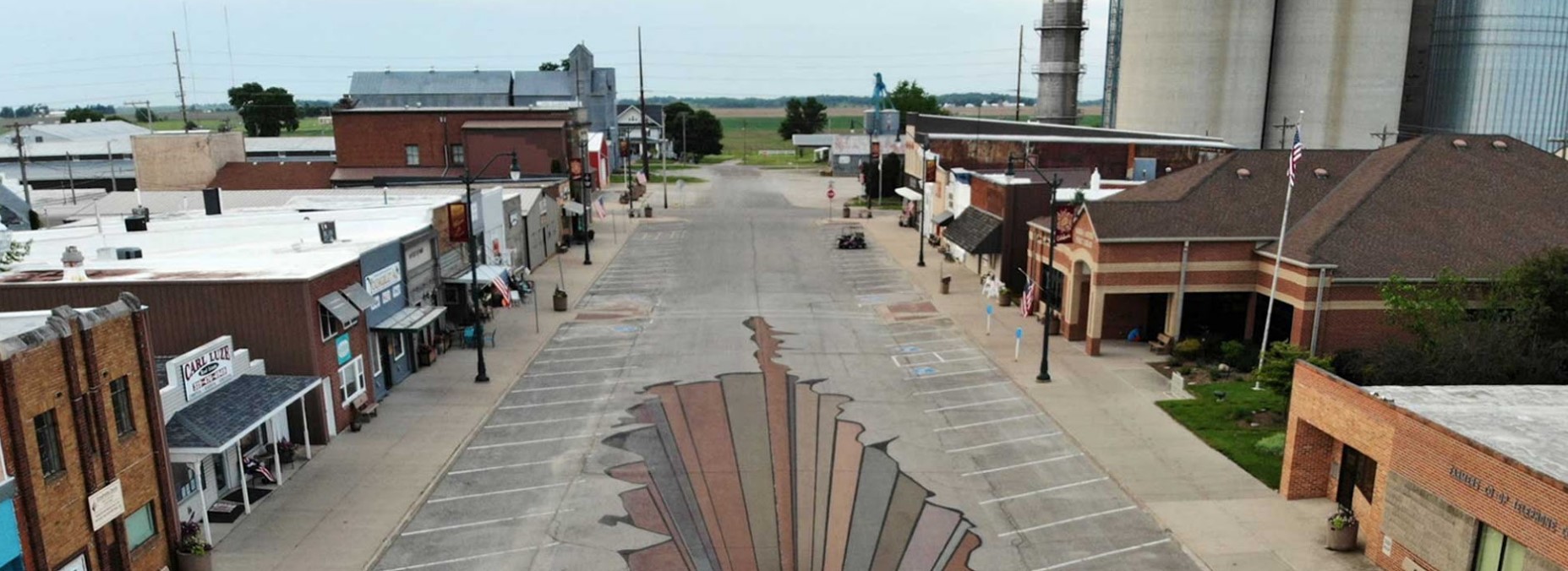
Dysart, Iowa – Home of “Dysart Illusions: Art in Public Places”
Recently, my family and I made a trip to my childhood home in Dysart, Iowa, a town located about twenty miles south of Waterloo and fifty miles to the west of Cedar Rapids. Dysart is a small town of about 1,200 people but unlike some of its counterparts; it’s an active place with a lot of civic pride. Their Facebook page shows several fun and interesting annual activities which other Iowans won’t want to miss including 4th of July, Old Iron Days and the Backroads Market, to name of few. Next year, they will celebrate 150 years and plans are underway to make this a special celebration. I am a very fortunate person. My mother who is 94 years old, is still living on her own, in the same house I grew up in there and she was the reason we made the trip. People have a lot of a reasons to want to travel to the Waterloo/Cedar Falls area. This article hopefully, will provide those travelers with some of the resources we found for their own trip to the area.
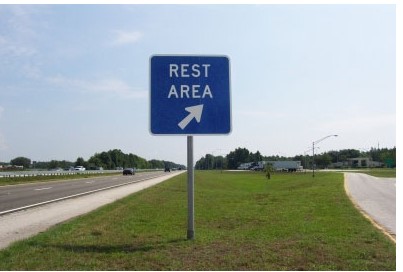 We drove to Iowa from our home in Michigan and speculated that we have made this trip at least 100 times over the years of our marriage. This time, there were five of us in our party; my husband and I, our son and his two boys aged 7 and 2. The trip crosses Illinois and Iowa on I-80 which has several very nice rest areas ideal for travelers wanting to avoid fast food restaurant stops and needing room for kids to move about a bit. Many offers small play areas as well as picnic tables as well as clean restrooms and vending machines.
We drove to Iowa from our home in Michigan and speculated that we have made this trip at least 100 times over the years of our marriage. This time, there were five of us in our party; my husband and I, our son and his two boys aged 7 and 2. The trip crosses Illinois and Iowa on I-80 which has several very nice rest areas ideal for travelers wanting to avoid fast food restaurant stops and needing room for kids to move about a bit. Many offers small play areas as well as picnic tables as well as clean restrooms and vending machines.
My brother was also planning to be there; traveling from the West Coast. This meant more pre-planning than before. Seven people in a one-bathroom house is a few too many so first we needed to look at lodging options. The previous Thanksgiving our entire family made the trip and we stayed at a house in Cedar Falls we found on airbnb.com which was a very good experience. If you look on their website or VRBP.com, you will find several nice places available for small and large groups. We initially thought we would use one of the sites again but really wanted something closer to home if we could find it.
 For our first night’s stay who chose The Cobblestone Inn & Suites in nearby Vinton. We were pleasantly surprised with our choice. This two-story hotel on Hi-Way 218 was easy to find and conveniently located. The rooms were clean and the staff able to accommodate our request for two rooms next to each other. A quick check-in and deposit of our belongings and were were off to Dysart for an evening visit with my mom and brother. We did not get to spend much time in Vinton but I would have loved to visited The Old Hospital Pub which is located directly across the street from the Inn at the former Iowa Braille and Sight Saving School where my Aunt Helen spent her childhood in the 1930s. If time had allowed, we would have returned to the Pizza Ranch where we have eaten in the past. I love Vinton’s downtown and courthouse square and certainly would have taken that in had time allowed.
For our first night’s stay who chose The Cobblestone Inn & Suites in nearby Vinton. We were pleasantly surprised with our choice. This two-story hotel on Hi-Way 218 was easy to find and conveniently located. The rooms were clean and the staff able to accommodate our request for two rooms next to each other. A quick check-in and deposit of our belongings and were were off to Dysart for an evening visit with my mom and brother. We did not get to spend much time in Vinton but I would have loved to visited The Old Hospital Pub which is located directly across the street from the Inn at the former Iowa Braille and Sight Saving School where my Aunt Helen spent her childhood in the 1930s. If time had allowed, we would have returned to the Pizza Ranch where we have eaten in the past. I love Vinton’s downtown and courthouse square and certainly would have taken that in had time allowed.
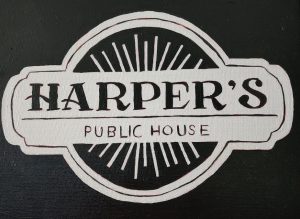
That evening, we made the fifteen mile trip to Dysart for a visit with family and dinner at the Harper’s Public House. These brave folks opened their restaurant about a year ago in the middle of a pandemic and appear to be doing well. We were able to find a table big enough to accommodate our now large group and by the time we left every table in the place was full. The menu had a lot of variety, and we were all able to get something we wanted. I personally had a gigantic tenderloin sandwich which is my go-to when in Iowa along with some very yummy onion rings! I’ve been following Harper House on Facebook since before they opened and see that they have a lot of special meals and special events throughout the year.

After a good night’s rest in Vinton, we awoke to a complementary breakfast at the hotel which is both a money saver and time saver, especially with small children. The Inn is located on the edge of a bean field where someone was nice enough to leave a tractor for my youngest grandson and I to explore which is always a hit for a two-year old. On the way to Dysart that morning we stopped at Rodgers Park, located just outside of Vinton, where the kids could get some exercise for their seemingly boundless energy. After touring the park, we spent some time on the playground before heading to Dysart again. If you were traveling to the area in a camper, this looked like a nice place to stay. The campground was quiet and situated nicely by the small lake.


Our planned activity for the day was swimming and the Dysart Family Aquatic Center did not disappoint. This is not the same pool we had growing up. With its gradual grade entry, it is perfectly designed for small children and older swimmers who like to make a slow entry into the water. Our two-year-old loved going down the frog slide and the seven-year-old found plenty to do including the big slide, the driving board and a dad who was invested in playing with his boys. The pool had swim toys available which is a bonus when you are from out of town. The pool is heated and unlike when we were kids, there are chairs and umbrellas where you can take a break from the sun if you wish and tables for snacking and gathering. If you go, please note that updates about pool hours are posted on the city’s Facebook page not the aquatic center’s page. The second day of our visit the pool was closed due to a lack of staff, and we were caught unaware.

After a day of swimming, we moved on to our lodging for the next three nights at Hickory Hills Park where we had rented a cabin. Located just a few miles out of town, this was one of the best decisions we made during the whole trip. The cabins are simple but quite nice. With two separate bedrooms, a living room, kitchen, and large bathroom it was more than adequate for our needs. There was a large porch with a picnic table and a view of the lake. The cabins do not come with linens which is a little bit of a challenge if you are coming from out of town. The cabins also do not have any dishes although pans and utensils for cooking were available along with a stove and refrigerator. Because we were traveling by car, we were able to bring everything we needed. While staying at the park we took advantage of the playgrounds and fishing off the dock. They continue to have the buffalo and elk enclosure for viewing the animals. My mom who does not travel outside of Dysart’s city limits much anymore enjoyed coming out to the lake and watching the waterfowl. We had access to a firepit and were able to have a nice fire.

If you go, you should be aware that the park has more than one type of cabin and not all of them have the same set up so make sure you review the website carefully before choosing your spot. They also offer all types of camping sites. The price is extremely reasonable at just $100 per night. The cabins are not designed to hold events but there is a lodge building for rent if you wanted to have some type of reunion. Cell service was a little spotty for us and streaming anything on a phone or other devise was out of the question. The cabin had a TV with limited stations and a DVD player. If you are traveling with kids, bringing some DVDs with you would be a great idea. We were able to purchase some inexpensive ones at the new Dollar General in town. There is Wi-Fi available by the bathhouse in the campground and our son who works remotely spent a couple of mornings parked by the building so he could get some work done. Lastly, we were traveling during the week and so were lucky enough to find quite a few options. Weekend travelers might need to plan further in advance to secure a cabin. The cabin we rented was both air conditioned and heated and available year-round. The ladies in the cabin next to us looked like they were having a crafting party which looked like a lot of fun.

As mentioned, the Dysart pool was closed our second day so we drove the nine miles west to the Traer pool which was also very enjoyable. We were also informed there is a nice pool available in LaPorte City which is close to the campground. The two pools are very similar in terms of what is offered with an important difference being that the Traer pool is not heated which I noticed right away but seemed lost on the kids. Entrance fees at both were very reasonable at $3.00-$4.00 per person. Both pools were beautifully maintained and enviable resources for these small towns to possess.
That evening, my brother went to the Traer Pizza Palace and delivered dinner for the rest of us at the campground. We have had this pizza before and found it was very good, especially the supreme.

On Thursday, our group split up in the morning with the guys going to the Traer Golf & Country Club for eighteen holes. My brother, who golfs every time he goes to the area likes this golf course as well as the ones in Reinbeck and Dysart. Meanwhile, the kids and I spent the morning at the Norma Anders Public Library. This library is very impressive and rivals any of the branch libraries we have in our area of nearly a half-million people. The boys were busy for two hours with the many problem-solving games and building materials here. My oldest grandson used the computer station for a bit, and I enjoyed the comfortable chairs and much appreciated air-conditioning.
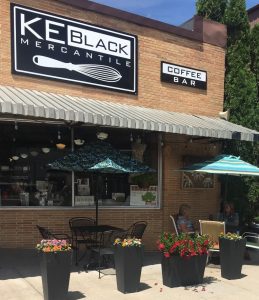
 Normally, we would have had an outdoor lunch at KE Black with it’s daily specials but it was a hot day and the youngest among us looked like he could use a nap. So, we stopped by Bobby’s Grocery & BBQ for the ingredients for a home-cooked supper and another tenderloin for lunch (when in Rome…). Bobby’s is also fairly new in town, and we hear their BBQ is quite good. We are looking forward to trying that on our next trip! After the guys returned from their golf outing my son took the boys to the pool again while mom and I had a chance to visit and catch up.
Normally, we would have had an outdoor lunch at KE Black with it’s daily specials but it was a hot day and the youngest among us looked like he could use a nap. So, we stopped by Bobby’s Grocery & BBQ for the ingredients for a home-cooked supper and another tenderloin for lunch (when in Rome…). Bobby’s is also fairly new in town, and we hear their BBQ is quite good. We are looking forward to trying that on our next trip! After the guys returned from their golf outing my son took the boys to the pool again while mom and I had a chance to visit and catch up.
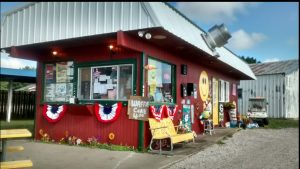
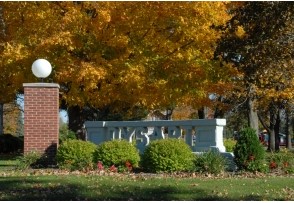
That evening, we treated ourselves to dinner at the Dysart Drive In (sign says Dysart Drive In, Facebook says Dysart Drive Inn) which has been a staple in the community for as long as I can remember. The drive-in is under new management this year but it does not seem like much has changed. The menu was what you would expect from a drive in and although many friends swear by the pizza burger we went with the burgers, hot dogs and fries plus ice cream, of course, all of which was good. My mom had suggested we get our food and take it to the city park and as is so often true, mom was right. We should have done that. The available seating area at the drive in was not ideal for our group, and we would recommend the park option to other visitors. The city park offers so much more in terms of playground, shade trees and tables and they have a new art installation which I am sorry we missed. This is their third illusion artwork called Magic Cylinder Koi Pond. Check the others out here.

Our trip to Iowa concluded the following day with a stop at the Field of Dreams which was quite special for us. Last time we were there our son was the same age as his son is now. They were busy getting ready for the upcoming game between the Reds and the Cubs on August 11, 2022. There are big upgrades and expansions planned for the movie site. It’s a wonderfully nostalgic place to visit.

We had a wonderful time in Dysart and hope to return soon. We did not get a chance to do everything we would have liked to have done. Here’s some things from our bucket list that other travelers might enjoy!
 Local Museums and Historical Societies including the Dysart Historical Center. Most small communities (and large) have groups of dedicated volunteers keeping the history of their place alive. This one is exceptionally nice particularly if you ever lived here. It’s a great trip down memory lane to places and people you have likely forgotten. Housed in three separate buildings, make sure you plan on spending some time here taking it all in!
Local Museums and Historical Societies including the Dysart Historical Center. Most small communities (and large) have groups of dedicated volunteers keeping the history of their place alive. This one is exceptionally nice particularly if you ever lived here. It’s a great trip down memory lane to places and people you have likely forgotten. Housed in three separate buildings, make sure you plan on spending some time here taking it all in!
 Hansen’s Dairy Farm Tour located near Hudson. Agri-tourism location where kids can feed and milk the cows and families can sample their ice cream and cheeses.
Hansen’s Dairy Farm Tour located near Hudson. Agri-tourism location where kids can feed and milk the cows and families can sample their ice cream and cheeses.
 Lost Island Waterpark located south of Waterloo which looked like it would be great fun when the kids are a little older.
Lost Island Waterpark located south of Waterloo which looked like it would be great fun when the kids are a little older.
 Matchstick Marvels in Gladbrook. An amazing place full of structures you will not believe are made from matchsticks. Although it sounds a little hokey, it’s really very impressive and you will be glad you went.
Matchstick Marvels in Gladbrook. An amazing place full of structures you will not believe are made from matchsticks. Although it sounds a little hokey, it’s really very impressive and you will be glad you went.
 Taylor’s Maid-Rite in Marshalltown. My Michigan family does not understand Maid-rites but it’s one of those things “if you know, you know”. It’s the nearest place to get an authentic Maid-rite sandwich. For those of you unable to travel to Iowa, did you know you can get these shipped to your house????? Check this out! https://www.maidrite.com/send-a-maid-rite
Taylor’s Maid-Rite in Marshalltown. My Michigan family does not understand Maid-rites but it’s one of those things “if you know, you know”. It’s the nearest place to get an authentic Maid-rite sandwich. For those of you unable to travel to Iowa, did you know you can get these shipped to your house????? Check this out! https://www.maidrite.com/send-a-maid-rite
 Hurts Donut in Cedar Falls. My son and his girlfriend stopped there when we were there in November and claim “it’s the best donut ever”.
Hurts Donut in Cedar Falls. My son and his girlfriend stopped there when we were there in November and claim “it’s the best donut ever”.
 Cedar Falls Brown Bottle an old favorite from back in the day. This, along with Nino’s Steakhouse which is no longer open were the go-to places for date night when I lived in the area. We drove by last November and I longed to go back in for their famous lasagna.
Cedar Falls Brown Bottle an old favorite from back in the day. This, along with Nino’s Steakhouse which is no longer open were the go-to places for date night when I lived in the area. We drove by last November and I longed to go back in for their famous lasagna.
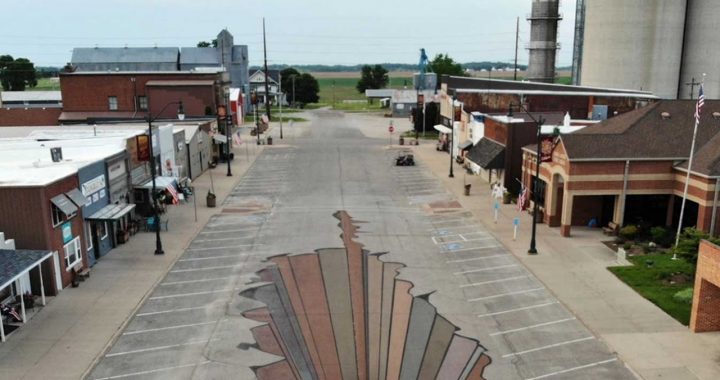

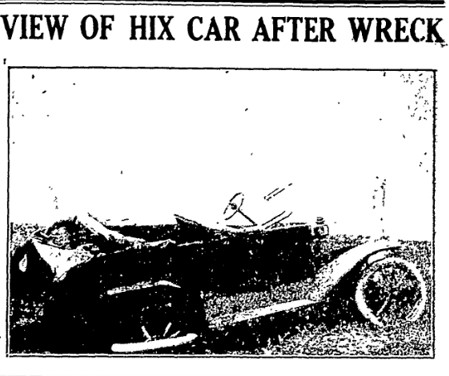
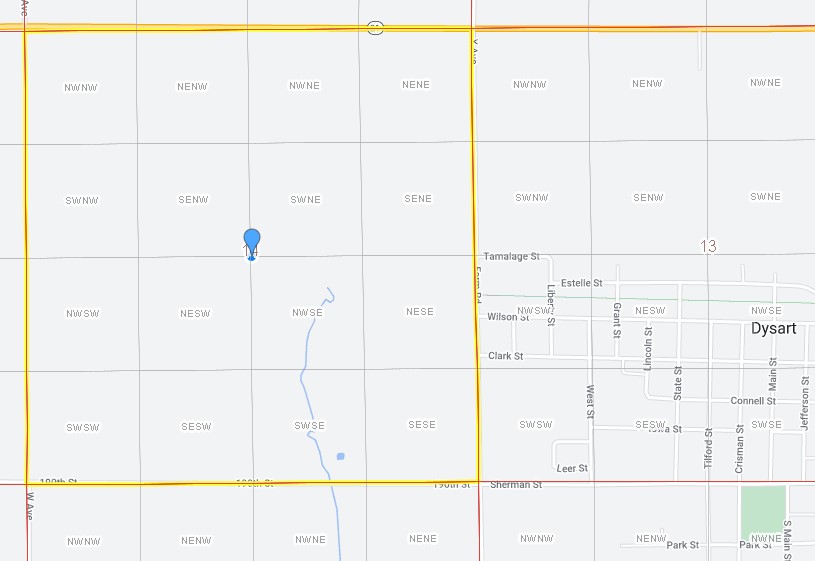
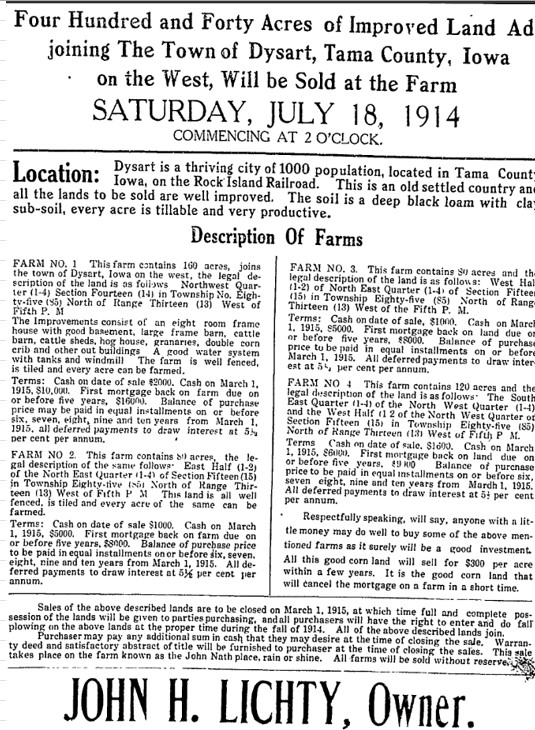
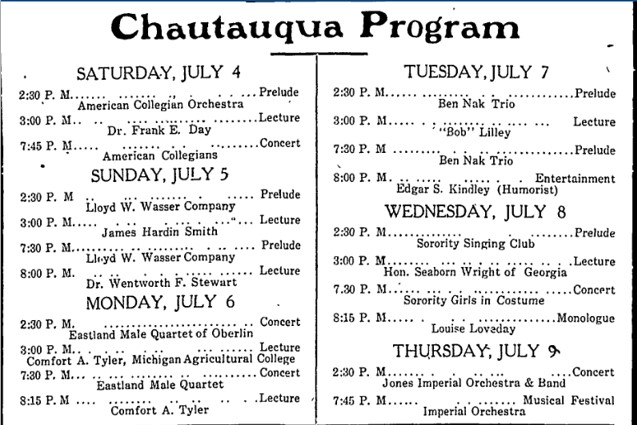

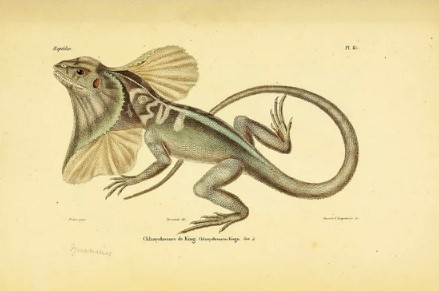

 The colors of 1914
The colors of 1914  Two paint colors regularly advertised as available during 1914 were Paris Green and Venetian Red Ground, both very familiar colors. Venetian red was a popular choice for barns and farm buildings. The paint got it's name because historically this pigment was produced from natural clays found near Venice, Italy. The clays contained an iron oxide compound that produced this red color. By the 1920s, these clays were being mined throughout the US including in Iowa making the paint readily available and affordable. . The paint was non-toxic.
Two paint colors regularly advertised as available during 1914 were Paris Green and Venetian Red Ground, both very familiar colors. Venetian red was a popular choice for barns and farm buildings. The paint got it's name because historically this pigment was produced from natural clays found near Venice, Italy. The clays contained an iron oxide compound that produced this red color. By the 1920s, these clays were being mined throughout the US including in Iowa making the paint readily available and affordable. . The paint was non-toxic. was used as both an insecticide and paint pigment. Because of it's make-up the substance was highly toxic and required care in handling. That summer in Iowa, a farm wife living northeast of Clutier was found dead in her home. Her death was ruled a suicide as the result of taking a dose of Paris green. She was not alone. Over the counter poisons were often the chosen method of suicide in the early 1900s.
was used as both an insecticide and paint pigment. Because of it's make-up the substance was highly toxic and required care in handling. That summer in Iowa, a farm wife living northeast of Clutier was found dead in her home. Her death was ruled a suicide as the result of taking a dose of Paris green. She was not alone. Over the counter poisons were often the chosen method of suicide in the early 1900s.